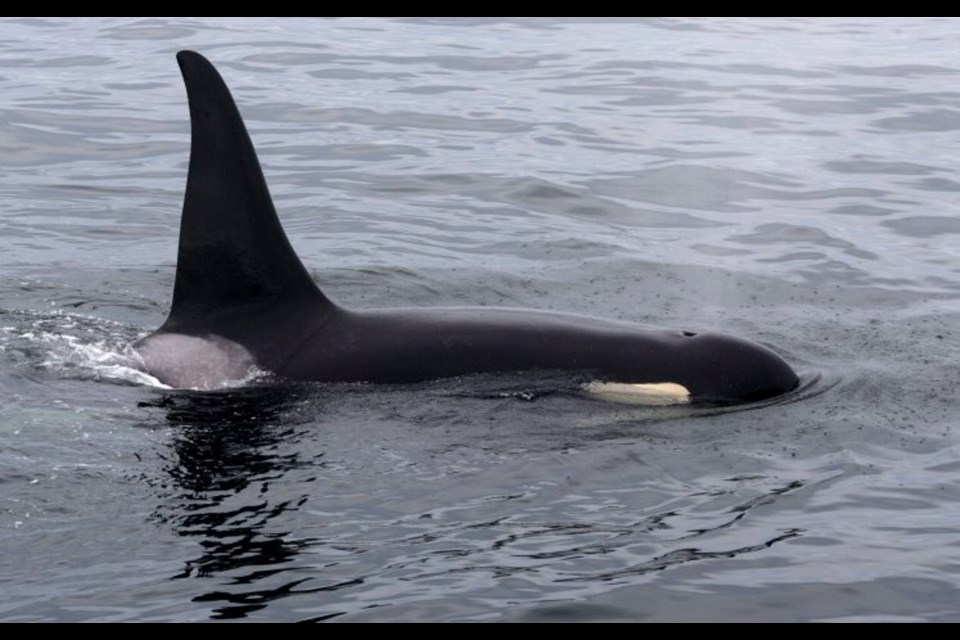When you live in Victoria, it’s easy to forget that 82 of the world’s largest mammals are cruising just off our shores on a regular basis.
But the boatloads of tourists who depart daily from the Inner Harbour aren’t the only ones who deserve the experience of whale watching.
“I’ve taken people out who have lived here 40 or 50 years and have never been out on the water,” said Mika Ogilvie, first mate and marine biologist for the Prince of Whales tour company. “They just had no idea there was so much wildlife outside their back door.”
On a Thursday in August, one such boatload departs from the Inner Harbour and heads east toward the southern tip of San Juan Island. There’s a thick fog during the half-hour commute, but it begins to clear just as the Ocean Magic II slows down.
A few hundred metres away from the 74-person vessel, which Ogilvie has worked on for six seasons, there’s some movement in the water: Tall black fins slice through the surface in a fluid motion and disappear within seconds. They return several times before retreating under water for a few minutes of fishing. Chinook salmon from the Fraser River make up 80 per cent of their diet.
We’ve found the J pod, one of three families of resident whales, which includes the oldest local among them. Granny is believed to be 102 years old and still travels with her grandchildren and great-grandchildren.
Not too far away is the L pod, and Ogilvie is visibly excited to point out her favourite whale, Mega. She describes the 36-year-old whale as the “most handsome” local and a good uncle, who helps his sisters care for their offspring.
Marine biologists like Ogilvie have studied these creatures for 40 years, so they know their quirks well, in addition to how old they are, who their offspring are and their favourite travel companions.
“You really get to know their personalities pretty well,” she says.
Whales are in every direction now, with lots of action near the surface. Despite a 100-metre-distance rule and an engine cut long ago, one whale and her calf cozy up to our boat on the port side, inspiring a flurry of photos. Soon after, another guide, who has been leading passengers on the upper level of the vessel, runs down and announces to Ogilvie that she could hear the whales just off the stern vocalizing outside the water.
“I kid you not, it was the coolest thing I’ve heard in my entire life,” she says.
Ogilvie says it’s common for staff to get more excited than passengers.
And just before we take off to return home, as if on cue, a whale about 300 metres away breaches — showing its entire underbelly to us.
It has turned out to be one of the best whale-watching trips of the season, Ogilvie says.
With most companies charging adults about $100 for a three-hour excursion, whale watching isn’t an every-weekend kind of activity for the average family. But because of the unique conditions that make the Vancouver Island coast one of the few places in the world you can do it, it’s worth trying at least once.
